Of Fin & Feather
An innocuous observation about rattlesnakes, 100-pound tuna and increased bird activity: The photo story behind the binational research at the Coronado Islands.
By Alex Warneke
This story was published in the Summer 2023 Issue of SDSU Magazine.
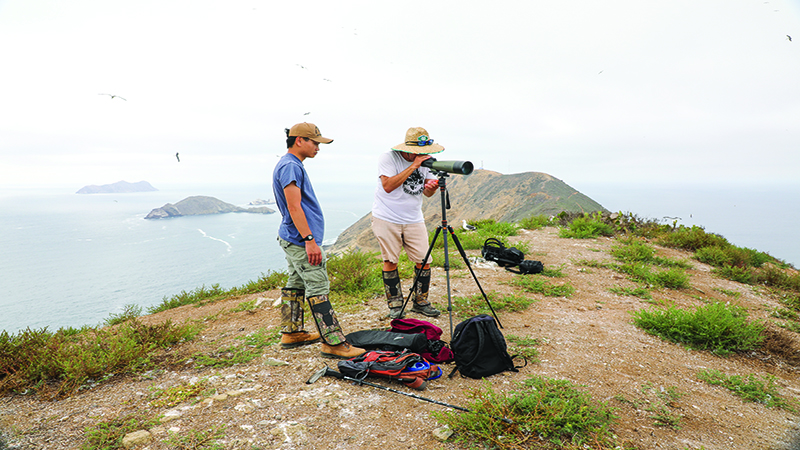
Sometimes the most intriguing research questions stem from unexpected observations. Such was the case when Roman Nava-Landeros, a San Diego State University graduate student, described a study site as having an unusually high number of rattlesnakes. And not just rattlesnakes, birds too.
This observation, made on the small chain of Mexican islands just south of San Diego known as the Coronado Islands, piqued the curiosity of SDSU biology professor Jeremy Long. Due to their isolation, islands are often limited in important resources such as food and space that might support such an abundance of species. Something was askew here — and Long wanted to know more. The ecologist, who studies the relationship between plants and herbivores, joined forces with fellow SDSU professor Rulon Clark and Jesús Sigala-Rodríguez from the Universidad Autónoma de Aguascalientes in Mexico.
How do these fish farms interact with the island ecosystem?
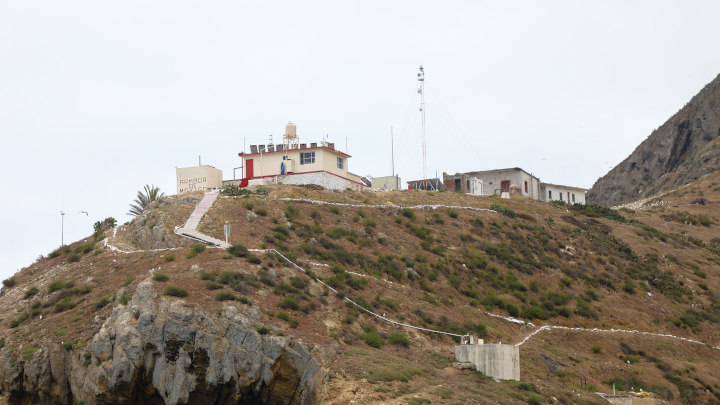
As the boat puttered to their first stop, South Coronado, from Playa Popotla on mainland Mexico, Long and his team of colleagues and graduate students passed several large ring-shaped structures scattered atop the water. Within, the surface churned with movement from 100-pound tuna swimming below. These fish farms, also known as aquaculture facilities, grow fish for human consumption. The same birds Nava-Landeros had described to Long dove in and around the farms, feeding on the bait fish used to sustain the growing fish and then flying off over the island. Observing this chaotic symphony of fins and feathers led the researchers to a compelling hypothesis: What if the birds, snakes and fish farms were connected?
Connecting all the activity in and around the islands
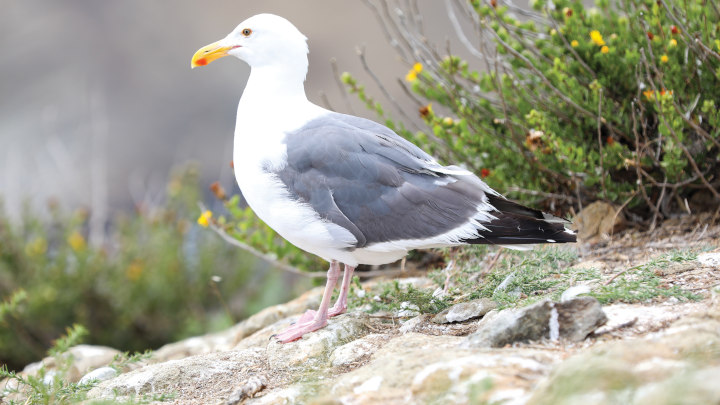
With so many birds feeding from the farms and bringing increased nutrients onshore by way of their guano, or bird droppings, Long and his team hypothesized that the birds could be paving the way for a higher abundance of rattlesnakes and other species. Equipped with bird-spotting scopes and tissue collection vials, the group set out across the island to obtain the data needed to better understand this land-sea connection.
A look into the past helps interpret the future
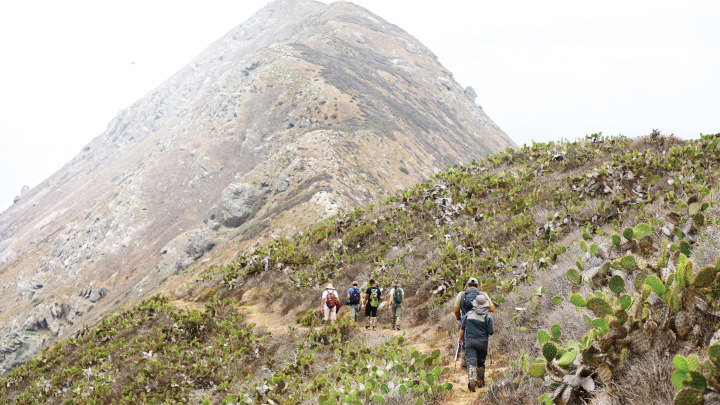
SDSU graduate researcher Ana Gómez Ramírez helped lead the task of counting birds and collecting samples of plants, beetles, lizards, mice and rattlesnakes to better discern the island dynamics. However, to fully answer their question, the team also needed to compare these data to historical observations — before the fish farms were present — and an ecologically similar control location without fish farms. For this, Long turned to the San Diego Natural History Museum and Cabrillo National Monument. Contrasting modern data with that from historical collections and the control site would help reveal just how the islands might have changed over time and if the fish pens were a driving factor. While there is still work to be done, initial analysis of the island samples compared to the control site show a strong difference in nutrient signatures — a potential indicator of fish farm impact.
Where does the research go from here?
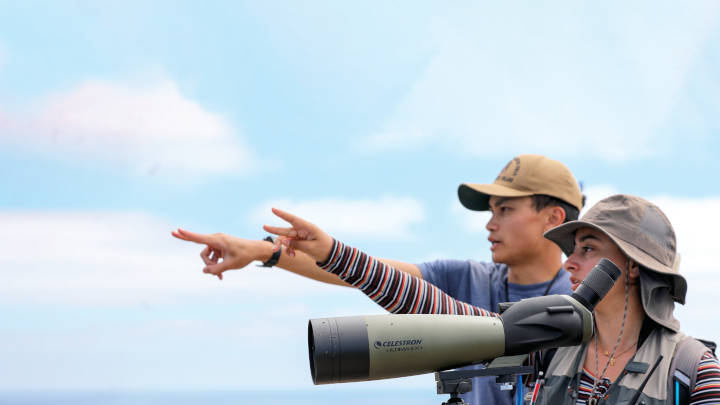
For Gómez Ramírez, working on this project is special. As a biologist raised in Mexico, she says she feels a sense of purpose by giving back to her country through her research on the Coronado Islands and the larger insights this research might yield.
Historically, many island ecosystems have been devastated by species introduced by humans. Despite conservation efforts, islands often struggle to return to their previous state. Though the project is ongoing, the team’s preliminary observations from its four visits to the site since 2019 suggest that the Coronado Islands have changed over time in many ways, including increases in nesting seabirds and their use of the fish farms for feeding. If fish farms positively impact seabird populations and their influence on islands, this research, supported by California Sea Grant, might help inform island restoration and conservation efforts elsewhere. The exploration continues…
